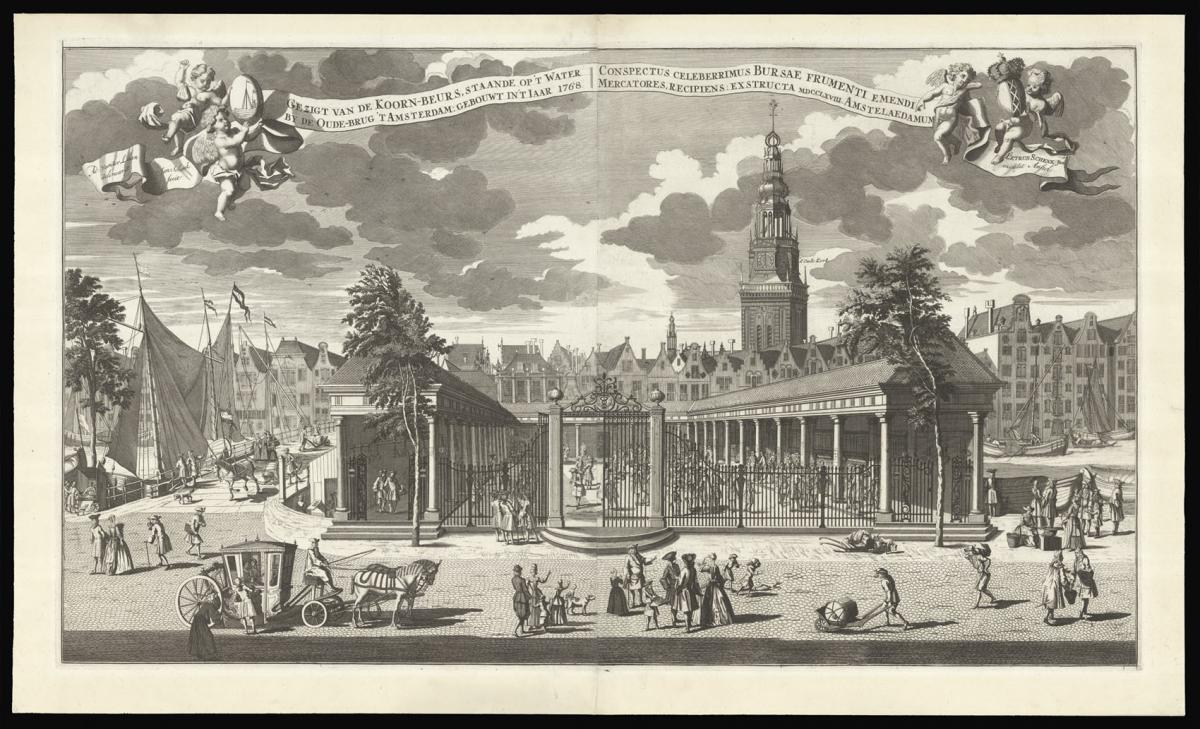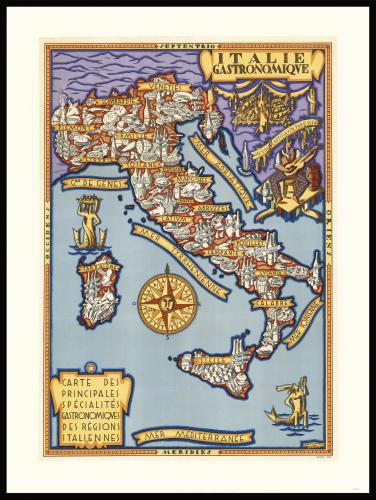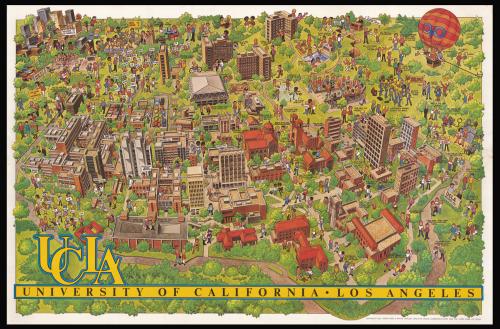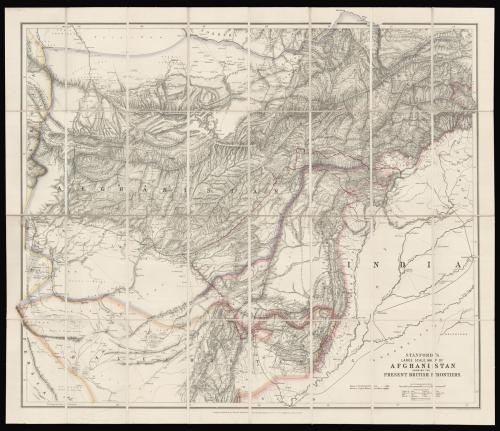

Price
£3900.00This object is eligible for a Certificate of BADA Provenance
The BADA Standard
- Since 1918, BADA has been the leading association for the antiques and fine art trade
- Members are elected for their knowledge, integrity and quality of stock
- Our clients are protected by BADA’s code of conduct
- Our dealers’ membership is reviewed and renewed annually
- Bada.org is a non-profit site: clients deal directly with members and they pay no hidden fees
Gezigt Van De Koorn-Beurs, Staande op ‘t water by de Oude-brug ‘t Amsterdam: gebouwt in’t Iaar 1768. Conspectus celebrttimus bursae frumenti ememndi Mercatores, recipiens: exstructa MDCCLXVIII. Amstelaedamum.
Author: SCHENK, Jan [after] LAAN, Adolphus van der
Publication place: [Amsterdam
Publisher: Petrus Schenk
Publication date: c1775].
Physical description: Engraving with etching, on two sheets joined.
Notes
The Korenbeurs or Corn Exchange was located on the New Side of the Damrak, south of the Oude Brug , on the site of the current Beurs van Berlage .
The Korenbeurs was built in 1617 under the supervision of city architect Hendrick de Keyser , who was also responsible for the construction of the Koopmansbeurs in Rokin , completed in 1611. The simple building consisted of a courtyard surrounded on three sides by a wooden stoa.
The middle stoa fronted the canal, and allowed ships to unload directly into the exchange. Samples of the grain, the majority of which had been imported from the Baltic, were housed in boxes, which hung on the walls of the other two stoas.
In 1768, the Exchange was rebuilt in stone — the present view. The building was demolished in 1884, a year after the damming of the part of the Damrak between the Papenbrugsteeg and the Oude Brug.
Jan Schenk (1698–1752) was an engraver and publisher in Amsterdam.
Adolf van der Laan (1684–1755) was a Dutch draftsman and engraver.
Dimensions
545 by 935mm (21.5 by 36.75 inches)Stock number
14422The BADA Standard
- Since 1918, BADA has been the leading association for the antiques and fine art trade
- Members are elected for their knowledge, integrity and quality of stock
- Our clients are protected by BADA’s code of conduct
- Our dealers’ membership is reviewed and renewed annually
- Bada.org is a non-profit site: clients deal directly with members and they pay no hidden fees




